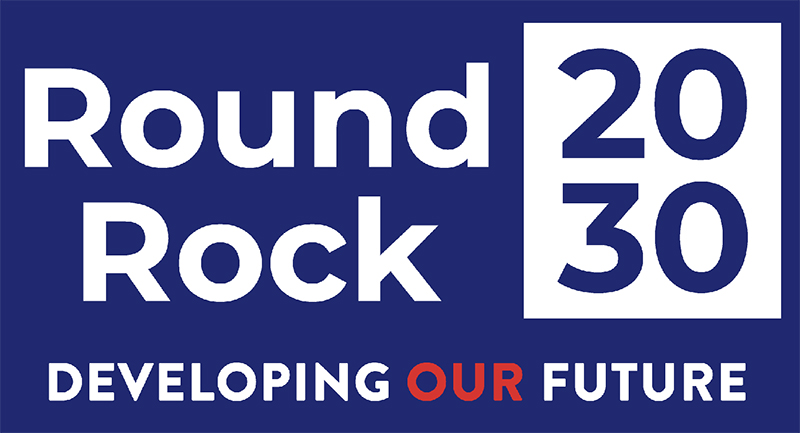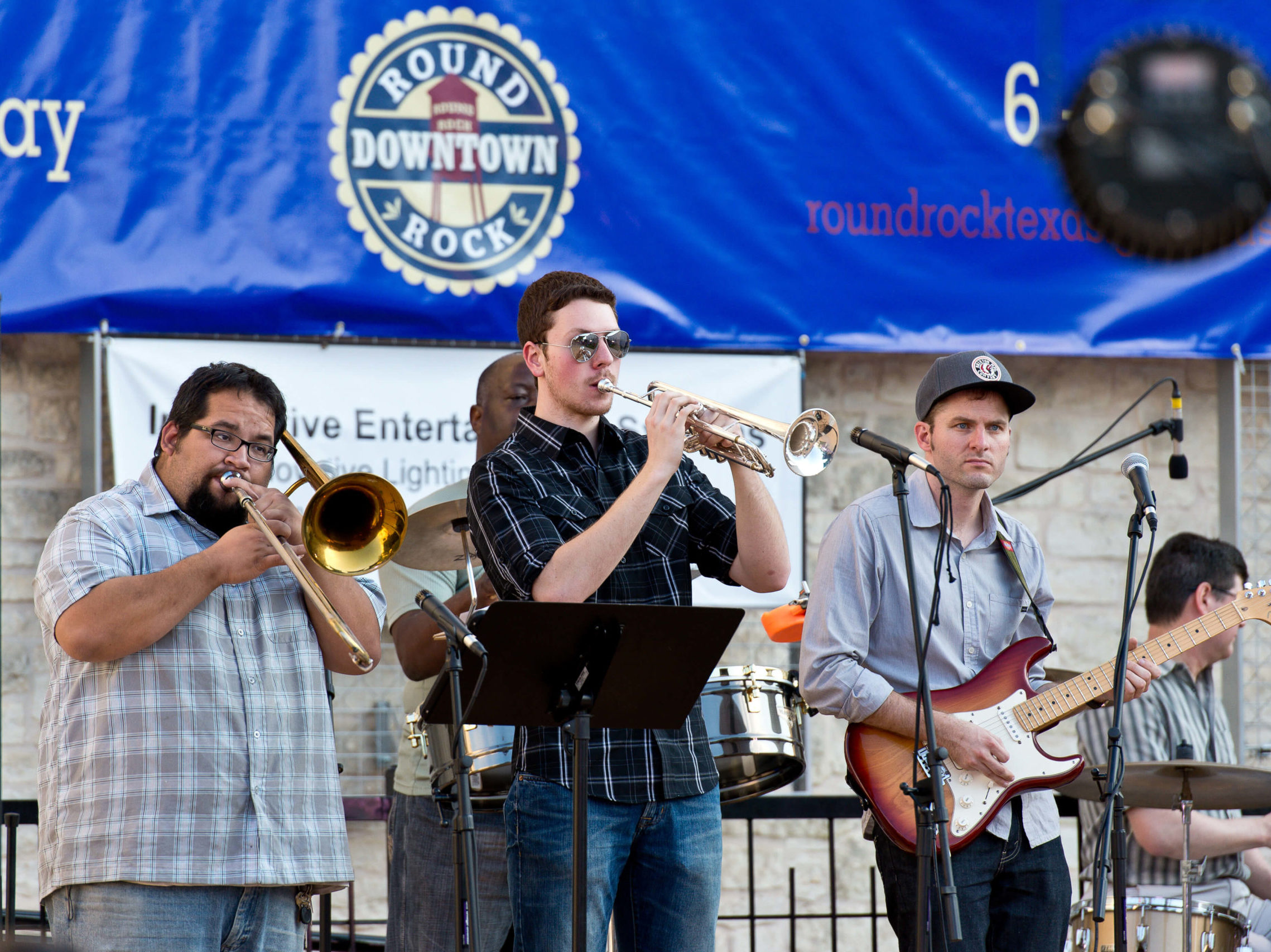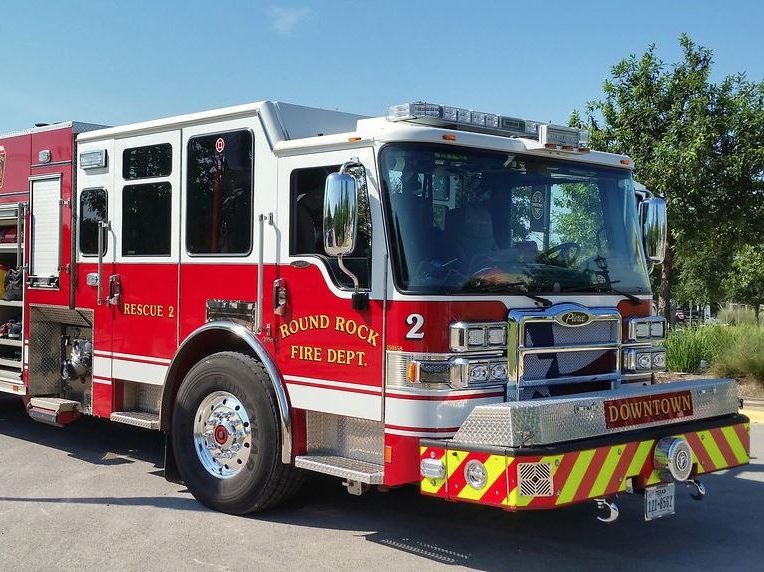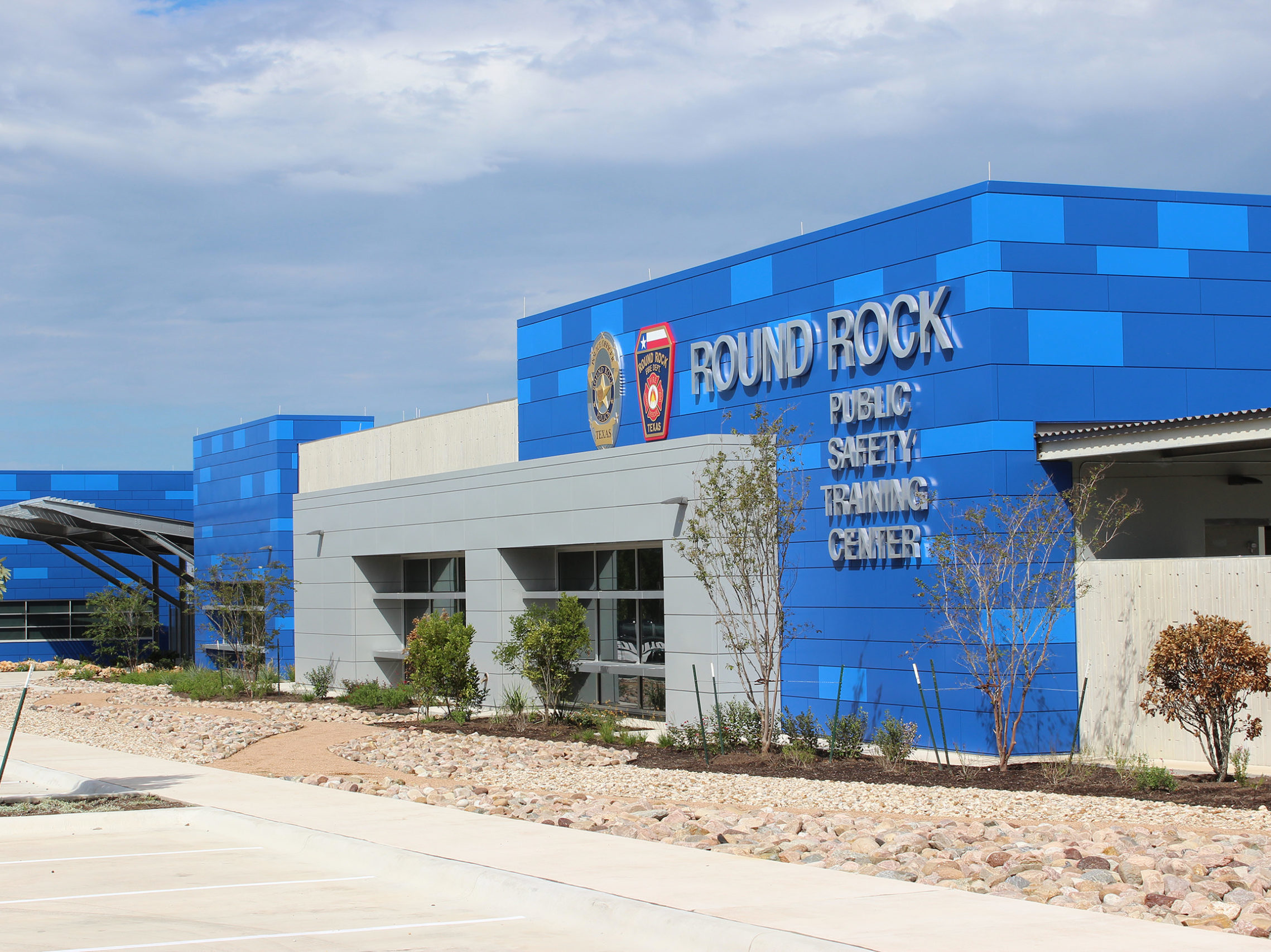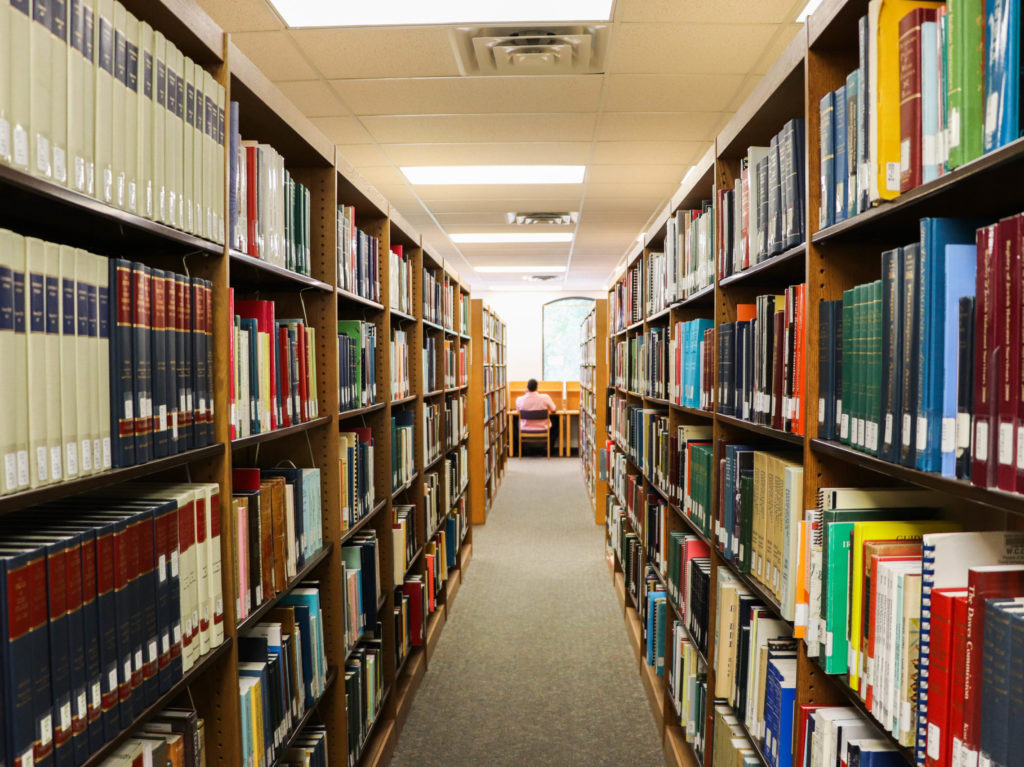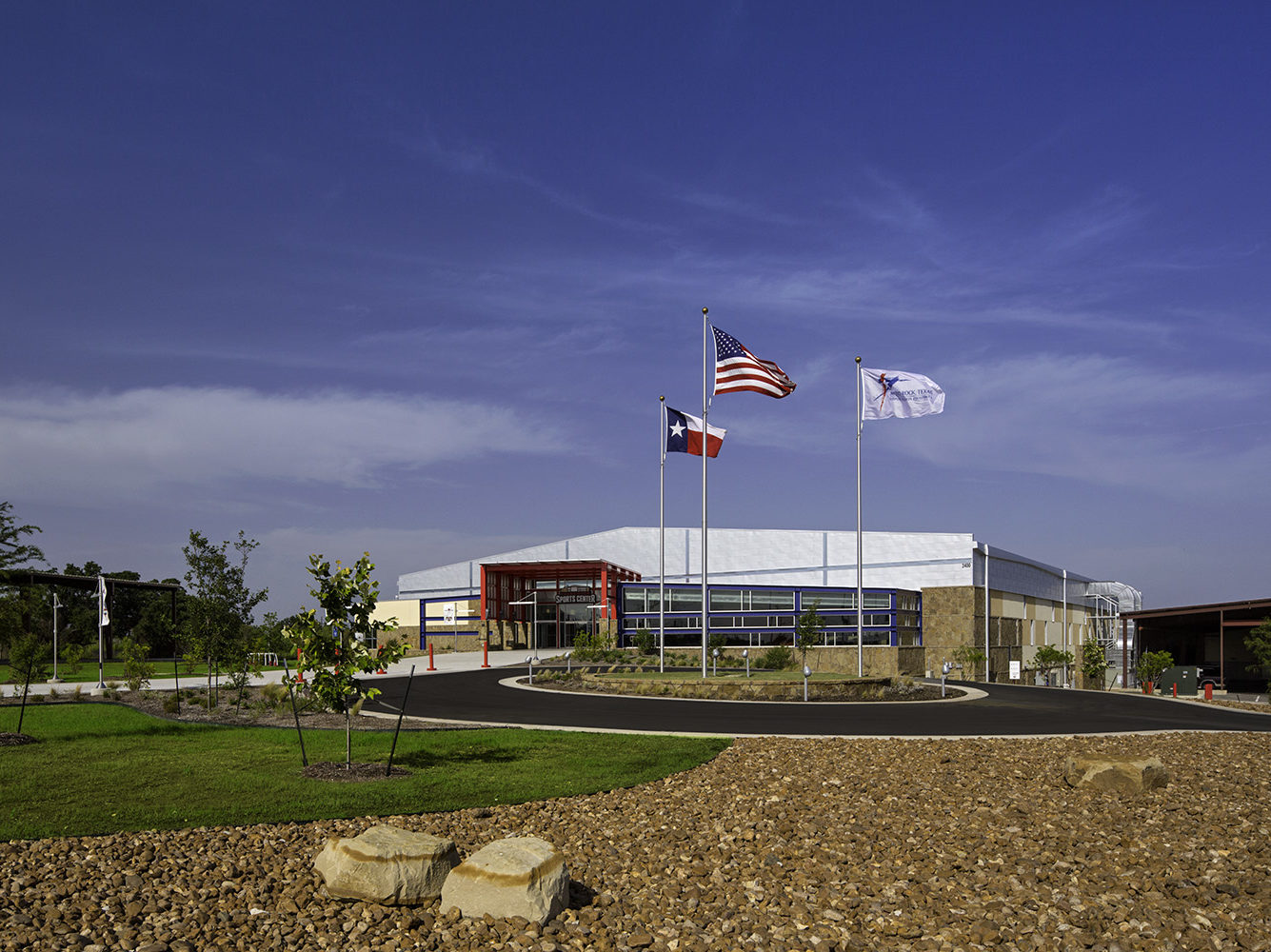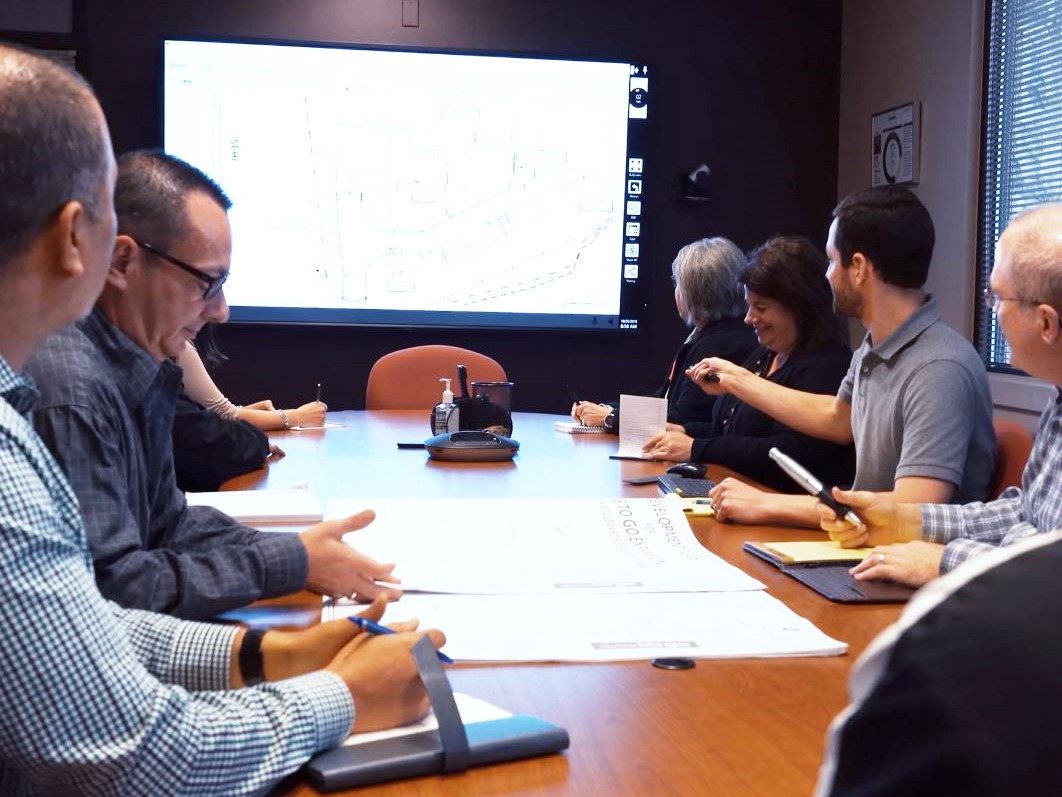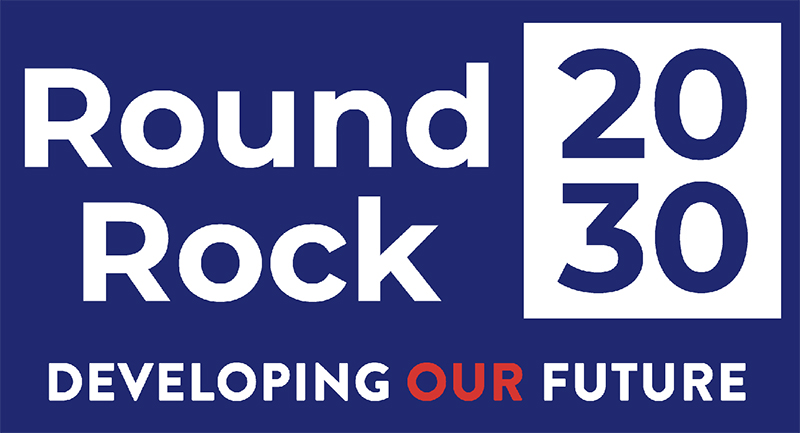INFRASTRUCTURE & COMMUNITY FACILITIES AND SERVICES
INFRASTRUCTURE & COMMUNITY SERVICES
The Infrastructure and Community Facilities and Services sections of Round Rock 2030 summarize how other city departments are planning for the next decade. Departments provided the Planning and Development Services (PDS) Department with summaries of their departmental goals for the next decade, and information about how their facilities and services relate to land use. This information affects how PDS plans.
Section 213.002 of the Texas Local Government Code authorizes the city to adopt a comprehensive plan for the long-range development of the city. While Round Rock 2030 guides development in the City of Round Rock, it is not the only plan adopted by the city that does so, nor does the Texas Local Government Code limit the ability of a municipality to prepare other plans.
Infrastructure
Round Rock 2030 is a plan focused on land use planning, implemented by the Planning and Development Services (PDS) department. As mentioned previously, the already adopted Utilities and Environmental Services, Parks and Recreation, and Transportation plans are adopted as addenda to Round Rock 2030 to ensure coordination of all planning efforts. These departments all have policies that are relevant to land use. PDS reached out to these departments to summarize their achievements of the last decade and goals for the next ten years. PDS is focused on the implementation strategies included in Round Rock 2030; other departments are responsible for the goals and implementation of their departmental plans.
Click here to download the Infrastructure section of Round Rock 2030 (PDF).
Utilities and Environmental Services
The Utilities and Environmental Services Department provides several core services for the citizens and businesses of Round Rock. The four primary services include water, wastewater, stormwater, and environmental services.
The utility infrastructure for the City of Round Rock has expanded along with the city’s population. The adequate provision of utilities is important for the city as it strives to maintain a desired level of service for residents and businesses and promote economic development. Utilities represent substantial financial outlays. Consequently, utilities must be planned well in advance to meet projected peak community demands and must be commensurate with city financial capabilities.
Water System Master Plan (2014 version at time of Round Rock 2030 adoption; update in 2021)
The City of Round Rock updates its water and wastewater master plans every three to five years. For the latest version of the water system master plan please contact the Utilities and Environmental Services Department.
Wastewater System Master Plan (2014 version at time of Round Rock 2030 adoption; update in 2021)
The City of Round Rock updates its water and wastewater master plans every three to five years. For the latest version of the wastewater system master plan please contact the Utilities and Environmental Services Department.
Stormwater Master Plan (adopted 2014; update in progress)
The purpose of the Stormwater Master Plan is to manage the quality of discharge from the Municipal Separate Storm Sewer System (MS4) and ultimately to reduce pollutants in the city’s stormwater system and to improve the water quality in the local lakes, creeks, and rivers. For the latest version of the wastewater system master plan please contact the Utilities and Environmental Services Department.
Utility Profile and Water Conservation Plan for Municipal and Wholesale Water Use (adopted 2019)
The purpose of the Water Conservation Plan is to establish short and long-term consumption goals and develop implementation strategies and processes for achieving these goals.
Transportation
In addition to the land use considerations of transportation infrastructure, mobility and connectivity are central to the city’s vibrancy, health, and overall growth. An effective transportation network allows people and goods to move through the city effectively and safely. Getting people and things where they need to be, when they need to be there, in a safe manner, is a key quality of life issue for residents and visitors to the city.
The city has established goals for the transportation network that provide for a balanced system, maintain compatibility with current land uses, protect future rights-of-way, and plan for future mobility and connectivity throughout the network. The 2017 Transportation Master Plan identified and prioritized mobility improvements that encourage safe and efficient travel within and through the network. In conjunction with the city’s Transit Master Plan and trail system plans, the Transportation Master Plan is intended to provide a framework for future transportation decisions for Round Rock. The city has been and will continue to be proactive in planning an adequate transportation network for the future.
In 2023, the city adopted an updated Transportation Master Plan.
Transportation Master Plan (adopted 2023)
The Transportation Master Plan (TMP) is a long-term planning document that will guide funding decisions as the city continues to experience growth and development over the next three decades. The plan focuses on prioritizing high-priority intersections, safety enhancements and major roadway and trail projects. The updated TMP builds on the city’s strategic goals and past planning efforts, aligning transportation needs and recommendations with other city and regional planning efforts.
Click here to download a PDF of the Transportation Master Plan.
Transit Development Plan (2015 at the time of Round Rock 2030 adoption; updated in 2022)
The primary purpose of the Round Rock Transit Development Plan is to serve the transit needs of Round Rock residents. The plan serves as a blueprint for implementing new transit services within the City of Round Rock and connections to regional destinations in a logical and cost-effective manner.
Click here to download a PDF of the Transit Development Plan.
Parks, Recreation Facilities, and Open Space
One of the most important aspects of a community’s character is the availability of high quality parks and recreation opportunities in the city. Parks and recreation influence every aspect of our lives. They allow us to experience new activities and encourage us to lead a healthy lifestyle. Attractive parks and natural areas are often the first place that visitors view in a community. Parks provide a very visible reminder of the beauty of the land that people choose to live in. Parks are also one of the most visible elements of a city government at work and can instill a strong sense of pride in the residents of a community. A good park and recreation system lets both residents and visitors know that the leadership of the city is interested in the well being of its citizens.
Playbook 2030: Building a Connected Community (adopted 2018)
The parks and recreation planning process allows the citizens of Round Rock to determine their preferred park and recreation priorities. The Parks and Recreation Master Plan identifies deficiencies in the existing parks system, looks at potential growth of the city over the next five-to-ten years to assess where additional facilities will be needed, guides the acquisition of land to meet current and future open space needs, prioritizes recommendations so the most significant deficiencies are addressed as quickly as possible, and guides city leaders in determining where and how parks and recreation funding should be allocated over the next five years.
Playbook 2030: Building A Connected Community : The Round Rock Strategic Parks and Recreation Master Plan
Community Facilities and Services
Community facilities and services are major components of Round Rock’s physical, social, and economic fabric. They help define the identity of the city and contribute to quality of life, as well as social and economic prosperity. Community facilities cover a broad spectrum of services, such as safety, arts and culture, libraries, and often require capital investment and operating costs. The following section describes certain city service functions that have secondary land use impacts.
Click here to download the Community Facilities and Services section of Round Rock 2030 (PDF).
Arts and Culture
The mission of arts and culture is to enrich the quality of life, as well as support and foster the enjoyment, understanding and development of the arts through diverse and engaging experiences.
Fire
The Round Rock Fire Department (RRFD) operates out of nine fire stations located throughout the city.
Police
The Round Rock Police Department (RRPD) works to ensure that Round Rock remains one of the safest
communities in the United States.
Library
The Round Rock Public Library (RRPL) system provides the community with a variety of programs and services. RRPL’s mission is to provide the highest quality educational, informational, leisure, and cultural resources and services to Round Rock’s diverse population.
Sports Management and Tourism
Often referred to as the “Sports Capital of Texas”, Round Rock has established itself in the sports tourism industry with the quality of facilities maintained and the number of events hosted.
Planning and Development Services
Round Rock 2030 is a Planning and Development Services (PDS) Department-produced plan that discusses long-range planning and land use implications. In its operations, the divisions of PDS provide services to city residents and businesses.
Arts and Culture
The mission of arts and culture is to enrich the quality of life, as well as support and foster the enjoyment, understanding and development of the arts through diverse and engaging experiences. Arts and culture contribute to the economy and support tourism in the community. The city’s Office of Arts and Culture provides resources, education, and artistic initiatives to serve individual artists and arts organizations in the community. The arts and cultural events are important to Round Rock’s quality of life, strengthening the community, inspiring more investment, and creating a greater sense of place.
The City of Round Rock adopted the Round Rock Arts and Culture Strategic Plan (the Arts Master Plan) in June of 2011. Since the Plan’s adoption, the city has provided the initial investment to fund staff and programming related to arts and culture. The Arts Master Plan is a fluid project that will be augmented to include new arts ideas and visioning with the creation of a performing arts venue in the future. Currently, over 50 arts organizations in Round Rock are working to bring visual and performing arts to the community. Since 2011, the Office of Arts and Culture has been producing annual events like the Round Rock Chalk Walk Arts Festival, which brings 60,000 visitors annually to the city, and also produces other major arts events like SculptFest, Music on Main, and a Wine and Jazz Festival. The city also sponsors cultural festivals like Dia de los Muertos and DiwaliFest that highlight the city’s cultural diversityeach year. The Downtowner Gallery, a city-run art gallery and artist workspace downtown, provides more visual arts opportunities. The city also partners with the RRISD and higher education entities for ongoing arts exhibits and arts events.
The Office of Arts and Culture encourages the arts through its daily operations promoting Round Rock as a dynamic arts and cultural community, adding to an already successful tourism and hotel industry. Since 2016, the Arts and Culture budget has been funded through Hotel Occupancy Tax (HOT) revenue. Ongoing efforts are under way with charitable entities to raise awareness of the need to secure private funds to help with the future building of arts facilities.
Arts and Culture staff works closely with local arts organizations, artists and performers in the community to ensure that their concerns are heard and their needs are addressed. Over the next decade, the Office of Arts and Culture has the following goals:
- Support the economic development of the community by adding value to development in the downtown and planned growth areas;
- Further establish Round Rock as a destination for all types of visitors;
- Inspire innovation and unique collaboration across public, private, and non-profit sectors; and
- Contribute to Round Rock’s position as a full-service community with a high quality of life.
The Office plans to accomplish these goals by expanding arts and culture infrastructure to foster collaboration, bring attention to the arts, and improve funding. The Office of Arts and Culture has three strategies in place to accomplish these goals:
- Create places with arts and culture celebrating the past, present and future;
- Join higher education, health sciences, and creative industries to inspire innovation; and
- Develop Round Rock as a place for making and doing art.
Although the arts are active and thriving in the area, the city does not have a professional quality venue for artistic performances. Having a city-owned state-of-the art venue for visual and performing arts would provide a centralized location and contribute to the local economy. Over the next decade, locating space for a new arts and culture facility that can accommodate a variety of functions will be explored.
Fire
The Round Rock Fire Department (RRFD) operates out of nine fire stations located throughout the city. Additionally, the city has aid agreements with all neighboring fire departments for support and first response to emergencies at the regional level.
RRFD has had many major accomplishments over the past decade, particularly in relation to the growth of the department. One fire station was repurposed as the Logistics Operations Center, an existing station was relocated, two new fire stations were opened and the new state-of-the-art Public Safety Training Facility was opened in 2018 for use for both police and fire training.
RRFD accomplishments were driven by service demand and service improvements to the coverage area. RRFD, the Transportation Department and Planning and Development Services (PDS) work together to plan future facilities by utilizing the Transportation Master Plan and the city’s Comprehensive Plan. Planning new facilities in anticipation of future service demand is key to successfully mitigating potential emergencies. RRFD analyzes emergency response outcomes and develops innovative methods to improve mitigation.
To accommodate expected growth in the next decade, land use policies will be significant factors in considering facility placement. Future facilities in the Northwestern and Northeastern regions of the city are being considered. In the next decade, RRFD plans to coordinate the purchase of land for future facilities in high-growth areas. RRFD also plans to expand the Community Risk Reduction Program, which connects the Department with members of the community to provide risk assessments of their home environment.
Police
The Round Rock Police Department (RRPD) works to ensure that Round Rock remains one of the safest communities in the United States. In 2010, RRPD was a critical part of the city’s overall initiative to prevent neighborhood deterioration. Assessments were conducted throughout the city to establish connections with existing neighborhood associations, encourage the creation of new neighborhood associations, and to identify public infrastructure revitalization projects. These neighborhood assessments are an example of how RRPD strives to forge strategic partnerships that address quality-of-life issues before they become public safety or crime problems.
In 2015, RRPD significantly expanded outreach efforts in the community. Currently, RRPD engages the public through a strong social media presence and creates videos to educate residents about major legislative changes, traffic safety, and crime prevention.
In 2018, the city opened a new Public Safety Training Center funded by a voter-approved bond. Rather than requiring travel to other cities and states for training, first responders can now train in-house. The $29 million training facility features training offices and classrooms, an indoor shooting range, training village for real scenario-based training, five-story tower and a driving skills course, which allow officers to train for both low- and high- risk incidents. As the city continues to grow, departmental growth and changing community needs may require additional facilities.
Land use decisions also have implications for RRPD’s service delivery. As new schools are constructed, RRPD works with the school district to ensure efficient traffic flow during peak times. Additionally, large developments, such as Kalahari Resorts, prompt RRPD to evaluate impacts on the demand for police services. The overall goal is to ensure that RRPD keeps pace with changing service demand in the coming decade.
Library
The Round Rock Public Library (RRPL) system provides the community with a variety of programs and services. RRPL’s mission is to provide the highest quality educational, informational, leisure, and cultural resources and services to Round Rock’s diverse population. Additionally, RRPL is committed to providing opportunities to expand knowledge, encourage personal growth, and enhance quality of life.
The Library offers a broad and relevant collection to promote lifelong reading and learning using current technology to increase access to information resources. The existing library building has presented operational and programming challenges including limited workspace, parking, space for materials, storage, space for meetings and programs, and capacity to meet demand for technology.
A new main library, funded by a $23.2 million bond approved in 2013, is planned to improve RRPL service delivery and act as a community gathering space downtown. Consistent with development goals and library usage analysis, the project intends to provide additional space for collections and multi-media library materials, areas for adult, teen and children’s programming, study and collaboration areas, multipurpose community meeting rooms, workspace for staff and volunteers and additional parking supply for downtown.
As the city’s population continues to grow, construction of additional branch libraries may be considered to meet Round Rock’s changing needs. At the projected build-out population, RRPL desires branch libraries in the Northeast and in the West, as well as one bookmobile.
Sports Management and Tourism
In 2016, the Sports Center and the Convention and Visitors Bureau were merged to create the Sports Management and Tourism Department. The vision of the new Department is to help promote Round Rock as a destination city for sports, business and leisure tourism, and to maintain world-class facilities for Round Rock citizens and visitors. Often referred to as the “Sports Capital of Texas”, Round Rock has established itself in the sports tourism industry with the quality of facilities maintained and the number of events hosted.
The Sports Management and Tourism Department currently oversees several city-owned facilities: The Round Rock Sports Center, The Round Rock Multipurpose Complex, Dell Diamond, Forest Creek Golf Club, and The Convention and Visitors Bureau. Many events that the city hosts at these facilities are at the state and regional level, but Round Rock has also hosted several national events.
To become a true industry leader, the planning, design, and expansion of two facilities in the next decade is desired, including expansion of the Multipurpose Complex, and an addition to the Sports Center. Increasing the number of regional and national sports tournaments and expanding sports facilities will help to increase city revenues that will benefit residents and the local economy throughout the next decade.
Planning and Development Services
Round Rock 2030 is a Planning and Development Services (PDS) department-produced plan that discusses long-range planning and land use implications. The Plan also includes these implications for services that numerous city departments provide. In its operations, the divisions of PDS provide services to city residents and businesses.
Planning ensures that new development meets the city’s requirements for annexation, legal lot division, permitted land use, and development standards. Planning also translates policy objectives into standards for zoning and subdivision codes.
Engineering ensures that new development meets the city’s infrastructure requirements for stormwater management, utilities, and site design.
Inspection Services ensures that public and private structures meet the quality standards established by the city. Inspection Services upholds public health and safety through enforcement of appropriate building codes.
Code Enforcement enforces city ordinances that help maintain the health, safety, and sanitation in the community. Strong, consistent code enforcement ensures safe and desirable living and working environments, helps maintain property values and works toward the city’s stated goal of preserving neighborhood integrity.
Community Development, which includes Neighborhood Services, improves quality of life in older neighborhoods with social and recreational events, neighborhoods cleanups, and information about how the city operates. Since 2012, City Council’s Strategic Plan has included the goal of “Sustainable Neighborhoods – Old and New”. Neighborhood Services was created in that same year to implement this goal. More recently, Community Development has utilized Community Development Block Grant (CDBG) funds to help revitalize neighborhoods and commercial areas within the city.
PDS processes can be divided into two categories, those that address new development and those that support existing development. PDS works to ensure that new development is in accordance with the Round Rock Development Code, the Future Land Use Map, and City Council’s Strategic Plan goals. Additionally, PDS confirms that new development aligns with Round Rock 2030 policies and other adopted city plans.
In addition to new development, PDS works to ensure that existing development is supported through city services and programs. Community development, neighborhood services, commercial revitalization programs, historic preservation, and code enforcement help sustain existing development. Goals for sustainable neighborhoods include:
- Increase curb appeal for existing residents and enticing prospective residents;
- Maintain or increase property values for ad valorem tax
- Help foster a sense of community between neighbors;
- Help elderly and disabled residents remain in their homes;
- Reduce code violations;
- Reduce negative communication from residents such as calls, emails and residents attending city Council meetings to discuss neighborhood quality of life issues;
- Make neighborhoods that are older, lower income or ethnically diverse feel included in the city’s resources; and
- Create a one-stop shop for all neighborhood quality of life issues for residents and neighborhood leaders.
In the next decade, neighborhood services and commercial revitalization will become increasingly important. Community Development will work to maintain programs that are currently offered and will continue to build relationships with neighborhood leaders, help form new neighborhood associations, and create new and innovative programs.
